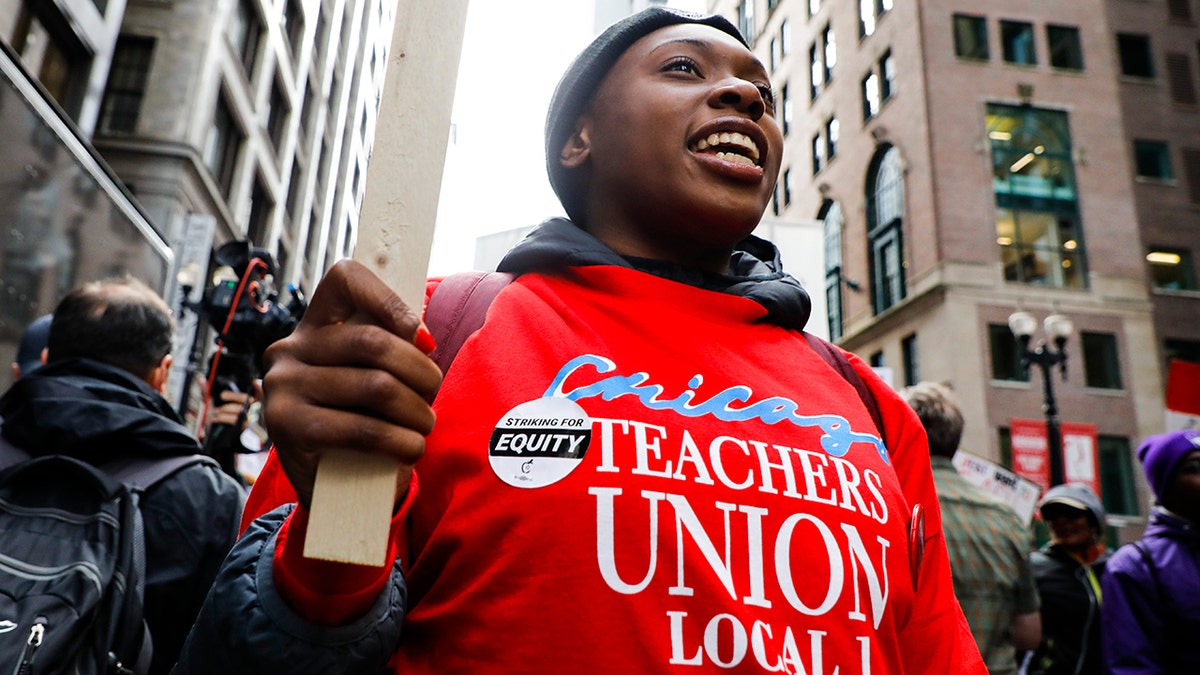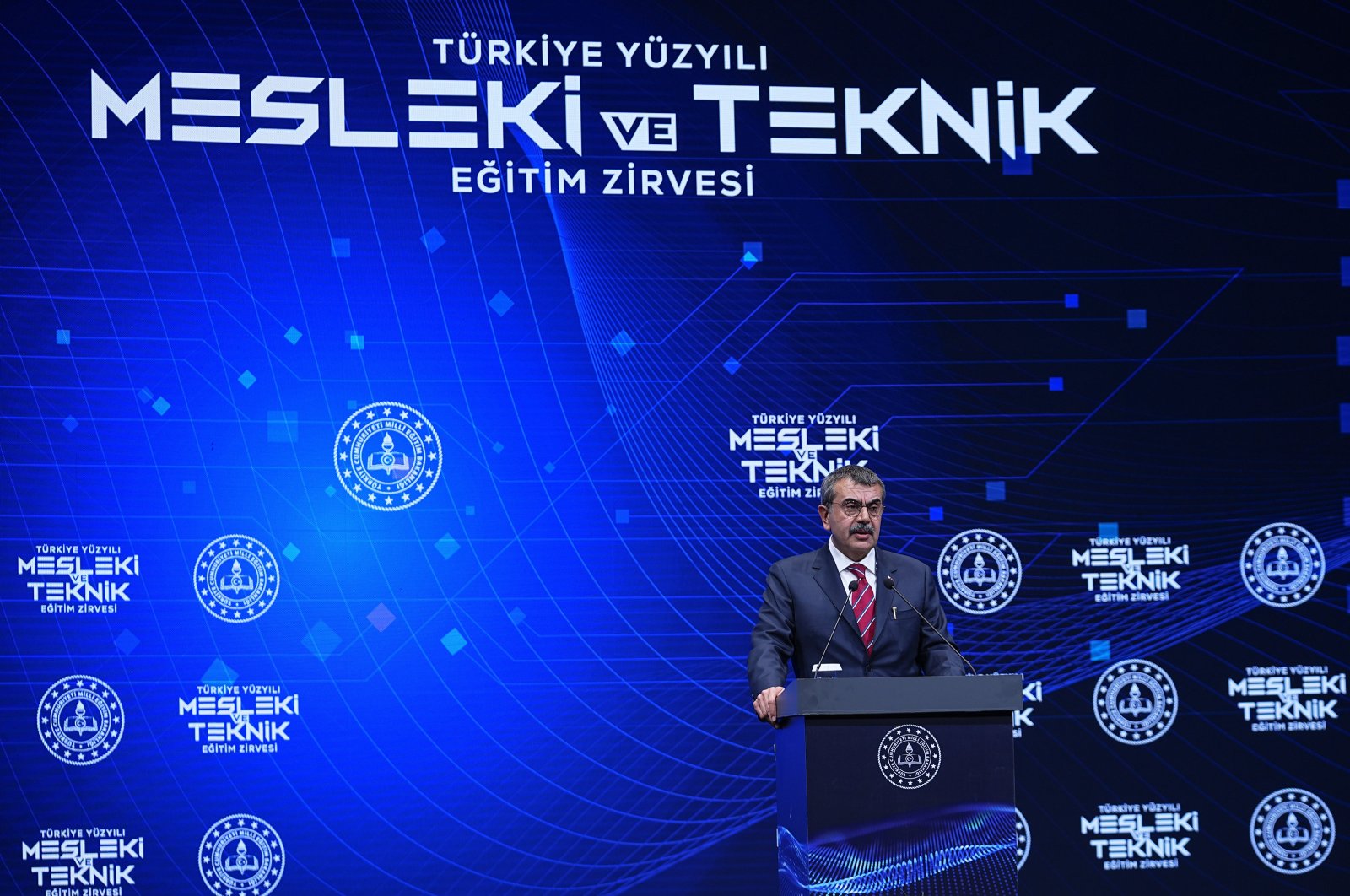Pacific islander youth energized at UH Hilo – University of Hawaii System

PacYES 2025 Conference Report: Empowering Pacific Islander Youth in Alignment with Sustainable Development Goals
Introduction and Overview
On October 18, the University of Hawaiʻi at Hilo hosted the annual Pacific Youth Empowerment for Success (PacYES) conference, attended by over 200 high school students of Pacific Islander heritage. The event, themed Interweaving Generations, Connecting Skills and Heritage, was designed to motivate and prepare students for higher education and career opportunities. The conference’s framework directly supports several United Nations Sustainable Development Goals (SDGs) by integrating education, cultural preservation, and sustainable community development.
Alignment with Sustainable Development Goals
The PacYES 2025 conference advanced a multi-faceted approach to sustainable development by targeting key SDG benchmarks:
- SDG 4 (Quality Education): The core mission of the conference was to provide inclusive and equitable access to information regarding college and career pathways, promoting lifelong learning opportunities for Pacific Islander youth.
- SDG 8 (Decent Work and Economic Growth): By connecting students with mentors, colleges, and community organizations, the event aimed to build foundational skills and networks essential for future productive employment.
- SDG 10 (Reduced Inequalities): The conference specifically focused on empowering an underrepresented youth demographic, directly addressing the goal of ensuring equal opportunity and reducing inequalities.
- SDG 11 (Sustainable Cities and Communities): By reinforcing cultural heritage and intergenerational connections, the event contributes to making communities more inclusive, resilient, and sustainable.
- SDG 15 (Life on Land): A hands-on workshop involving the planting of native saplings engaged students in practical environmental stewardship and promoted biodiversity.
- SDG 17 (Partnerships for the Goals): The event exemplified a powerful partnership between academia (UH Hilo), government (President of the Marshall Islands), and civil society (Micronesians United—Big Island) to achieve common goals.
Conference Proceedings and SDG-Focused Activities
The day’s agenda was structured to provide holistic support for students, with each segment contributing to specific development goals.
- Institutional Commitment to Inclusivity: In her opening remarks, UH Hilo Chancellor Bonnie Irwin emphasized the campus’s status as one of the most diverse in the nation, reaffirming the institution’s commitment to the principles of SDG 4 and SDG 10.
- Keynote Address on Youth Leadership: Hilda Heine, President of the Marshall Islands, delivered a keynote address challenging students to recognize their potential for leadership and impact. Her message encouraged purposeful action rooted in culture, fostering the agency required to achieve SDG 4.
- Workshops for Sustainable Practices and Cultural Grounding: A central workshop guided by UH Hilo alumnus Jermy Uowolo involved planting coconut and breadfruit saplings. This activity provided a tangible contribution to SDG 15 (Life on Land) and SDG 13 (Climate Action) while simultaneously reinforcing cultural knowledge relevant to SDG 11 (Sustainable Communities).
- Resource Fair for Building Future Pathways: A resource fair facilitated connections between students and a network of mentors, colleges, and community organizations. This initiative directly supports SDG 8 (Decent Work and Economic Growth) by creating pathways to higher education and employment, while also strengthening the collaborative networks essential for SDG 17 (Partnerships for the Goals).
Outcomes and Participant Engagement
The conference concluded with a student reflection panel and a symbolic ceremony where each student placed a star representing their dream onto a banner. This act, inspired by the Pacific Islander tradition of navigating by the stars, powerfully visualized the students’ future aspirations and their commitment to personal and community growth, reinforcing the lifelong learning objectives of SDG 4. The continued support from community leaders since the program’s inception in 2010 highlights a sustained, long-term investment in youth empowerment, which is fundamental to achieving the Sustainable Development Goals.
Analysis of SDGs, Targets, and Indicators
-
SDG 4: Quality Education
- The article’s central theme is the Pacific Youth Empowerment for Success (PacYES) conference, an event explicitly designed to “motivate, inspire, and prepare the teenagers for college and career opportunities.” This directly aligns with the goal of ensuring inclusive and equitable quality education and promoting lifelong learning opportunities for all. The conference provides workshops, a resource fair, and mentorship to guide students toward higher education.
-
SDG 8: Decent Work and Economic Growth
- The conference aims to prepare students for “career opportunities” and includes “career readiness” workshops. This connects to SDG 8 by focusing on equipping youth with the necessary skills for future employment, thereby promoting productive employment and decent work.
-
SDG 10: Reduced Inequalities
- The event specifically targets “high school students of Pacific Islander heritage,” aiming to empower a specific ethnic group. By providing tailored support and fostering cultural connections, the conference works to reduce inequalities in access to educational and career opportunities for these students.
-
SDG 15: Life on Land
- A specific workshop mentioned in the article involved participants planting “coconut and breadfruit saplings on campus.” This activity, while small in scale, is a direct contribution to protecting and restoring terrestrial ecosystems and promoting sustainable land use.
-
SDG 17: Partnerships for the Goals
- The PacYES conference is a collaborative effort involving multiple stakeholders. The article mentions the University of Hawaiʻi at Hilo (an academic institution), Micronesians United—Big Island (a community organization), and the participation of political leaders like the President of the Marshall Islands and a former County Mayor. This multi-stakeholder partnership is essential for achieving sustainable development goals.
Identified SDG Targets
-
SDG 4: Quality Education
- Target 4.3: Ensure equal access for all women and men to affordable and quality technical, vocational and tertiary education, including university. The article highlights that the entire purpose of the PacYES conference is to prepare Pacific Islander students for “college and career opportunities,” directly supporting this target.
- Target 4.4: Substantially increase the number of youth and adults who have relevant skills, including technical and vocational skills, for employment, decent jobs and entrepreneurship. The “hands-on workshops” and focus on “career readiness” are aimed at building these relevant skills.
- Target 4.7: Ensure that all learners acquire the knowledge and skills needed to promote sustainable development, including…appreciation of cultural diversity and of culture’s contribution to sustainable development. The conference theme, “Interweaving Generations, Connecting Skills and Heritage,” and its goal of “fostering cultural connections” directly align with this target.
-
SDG 8: Decent Work and Economic Growth
- Target 8.6: Substantially reduce the proportion of youth not in employment, education or training (NEET). By inspiring and preparing students for college and careers, the conference is a proactive measure to prevent them from becoming part of the NEET population.
-
SDG 10: Reduced Inequalities
- Target 10.2: Empower and promote the social, economic and political inclusion of all, irrespective of…ethnicity, origin…or other status. The conference is a clear example of an initiative designed to empower and promote the inclusion of a specific ethnic group (Pacific Islander youth) by providing them with tools for higher education and career advancement.
-
SDG 15: Life on Land
- Target 15.2: Promote the implementation of sustainable management of all types of forests, halt deforestation, restore degraded forests and substantially increase afforestation and reforestation globally. The student activity of planting coconut and breadfruit saplings is a direct, albeit localized, act of afforestation.
-
SDG 17: Partnerships for the Goals
- Target 17.17: Encourage and promote effective public, public-private and civil society partnerships. The event itself is a partnership between the University of Hawaiʻi (public), Micronesians United—Big Island (civil society), and supported by political figures, demonstrating this target in action.
Mentioned or Implied Indicators
-
SDG 4: Quality Education
- Implied Indicator 4.3.1: Participation rate of youth in education and training. The article explicitly states that “More than 200 high school students” attended the conference, which serves as a direct measure of participation in this non-formal educational event.
-
SDG 10: Reduced Inequalities
- Implied Indicator: Number of initiatives promoting the inclusion of specific ethnic groups. The existence of the annual PacYES conference itself, and the count of its attendees (“more than 200”), can be used as a qualitative and quantitative indicator of efforts to reduce inequalities for Pacific Islander youth.
-
SDG 15: Life on Land
- Implied Indicator: Progress towards sustainable land management. The number of “coconut and breadfruit saplings” planted by the students is a specific, measurable indicator of a small-scale reforestation effort.
-
SDG 17: Partnerships for the Goals
- Implied Indicator: Number of multi-stakeholder partnerships. The article describes a partnership involving a university, a community organization, and political leaders. The existence and successful execution of the PacYES conference serves as a qualitative indicator of an effective partnership for sustainable development.
Summary of Findings
| SDGs | Targets | Indicators |
|---|---|---|
| SDG 4: Quality Education |
|
|
| SDG 8: Decent Work and Economic Growth |
|
|
| SDG 10: Reduced Inequalities |
|
|
| SDG 15: Life on Land |
|
|
| SDG 17: Partnerships for the Goals |
|
|
Source: hawaii.edu
What is Your Reaction?
 Like
0
Like
0
 Dislike
0
Dislike
0
 Love
0
Love
0
 Funny
0
Funny
0
 Angry
0
Angry
0
 Sad
0
Sad
0
 Wow
0
Wow
0
















































:focal(1500,1000)/https://media.globalcitizen.org/a6/9a/a69a4720-d8a1-4715-b596-18738d03c05c/rotary_polio_hero_image.jpg?#)







/countries/sri-lanka/photo-credit---dmc-sri-lanka.tmb-1200v.jpg?sfvrsn=dc298bcc_1#)


















